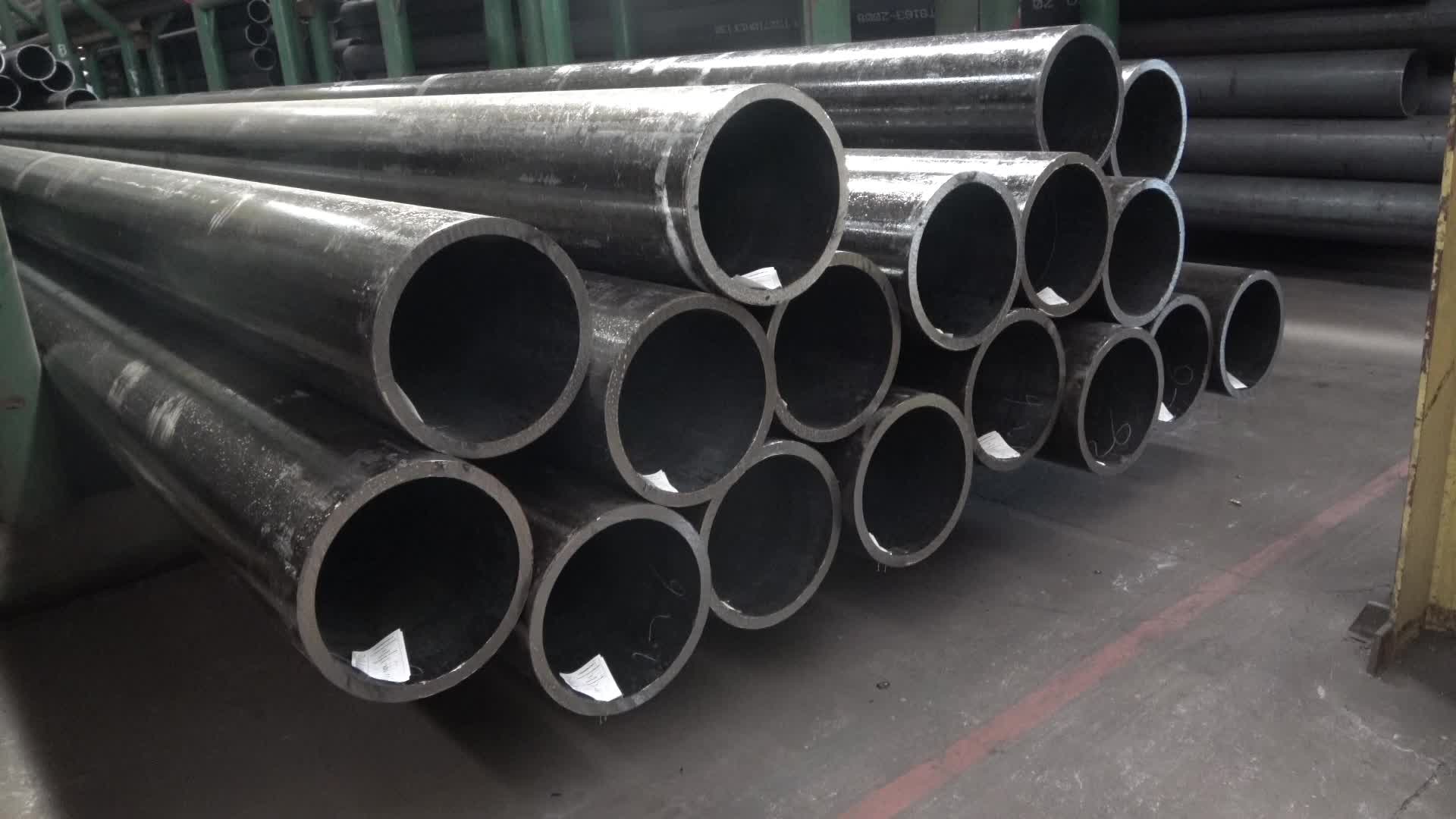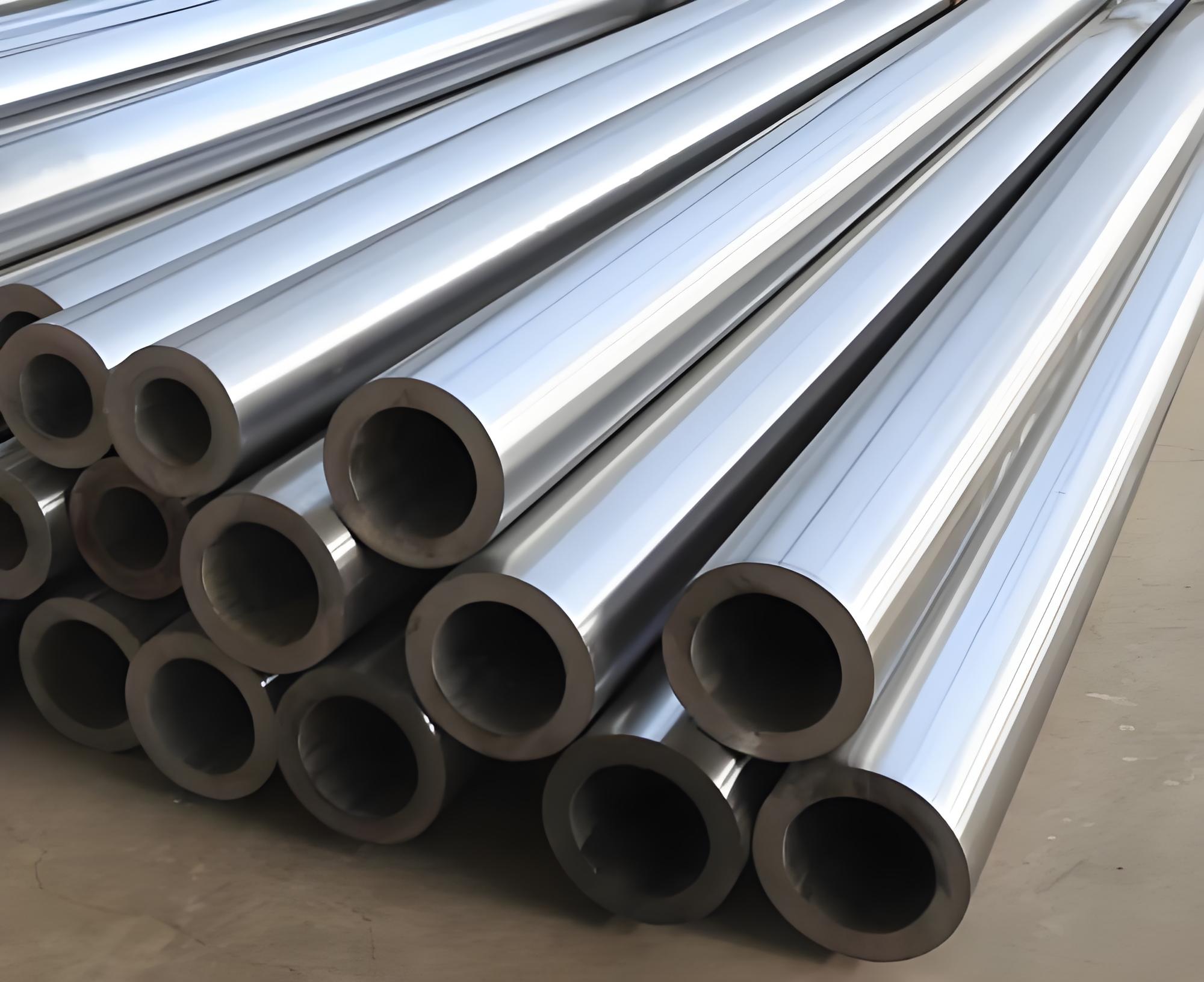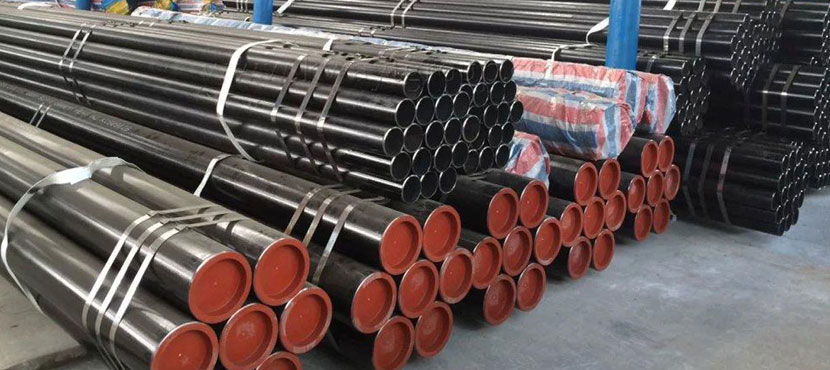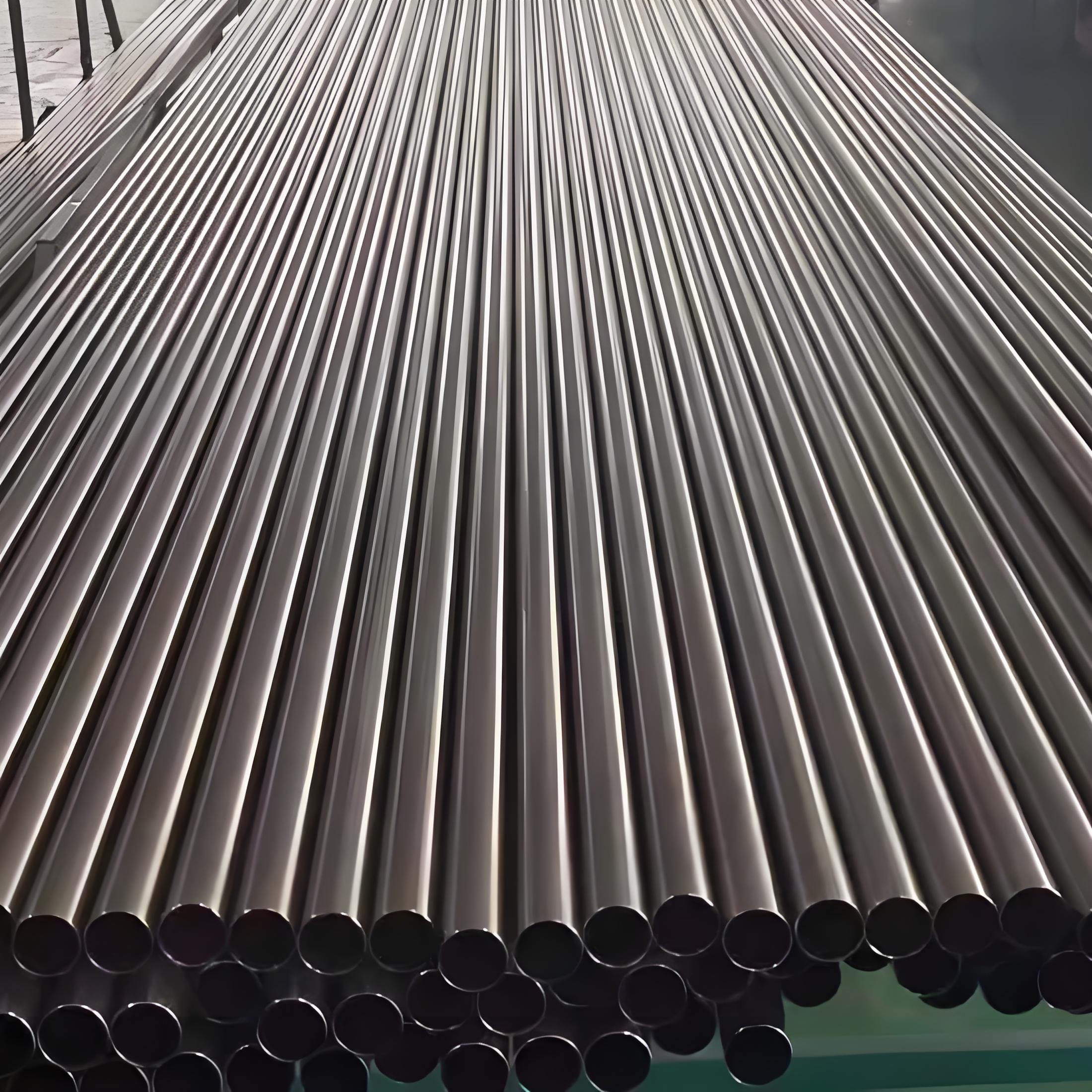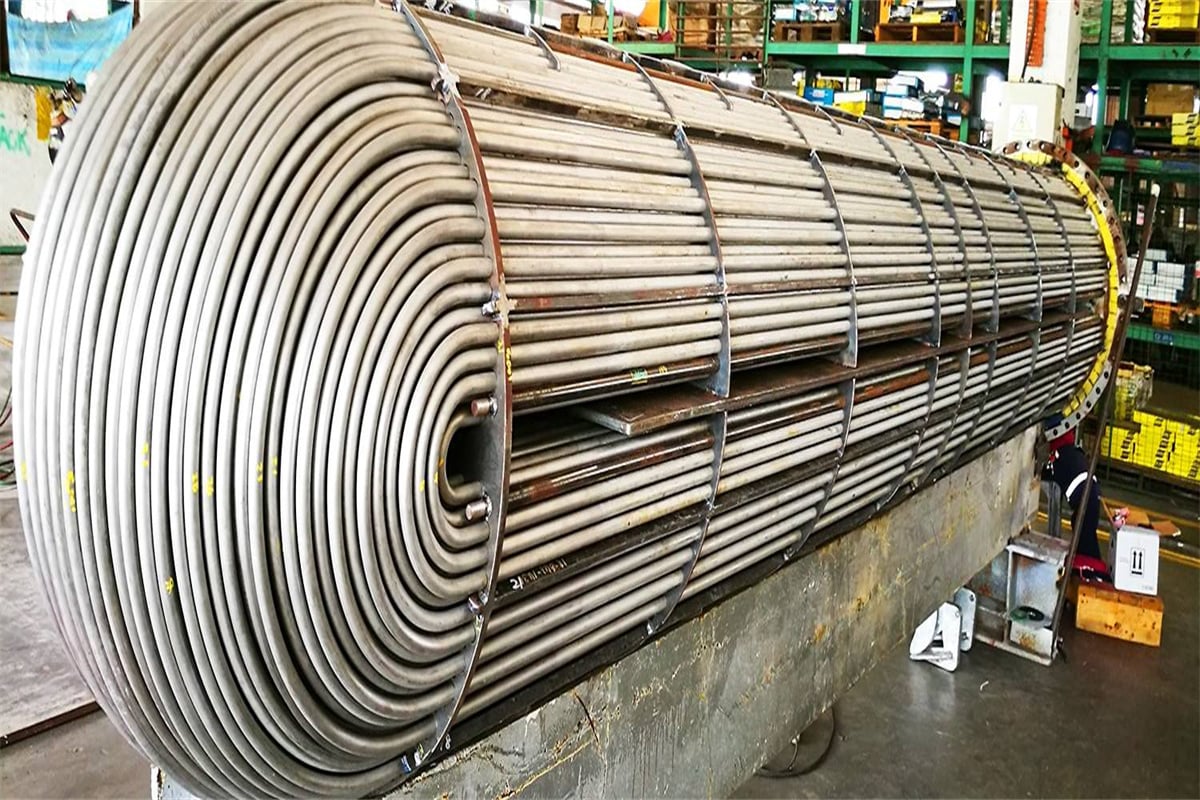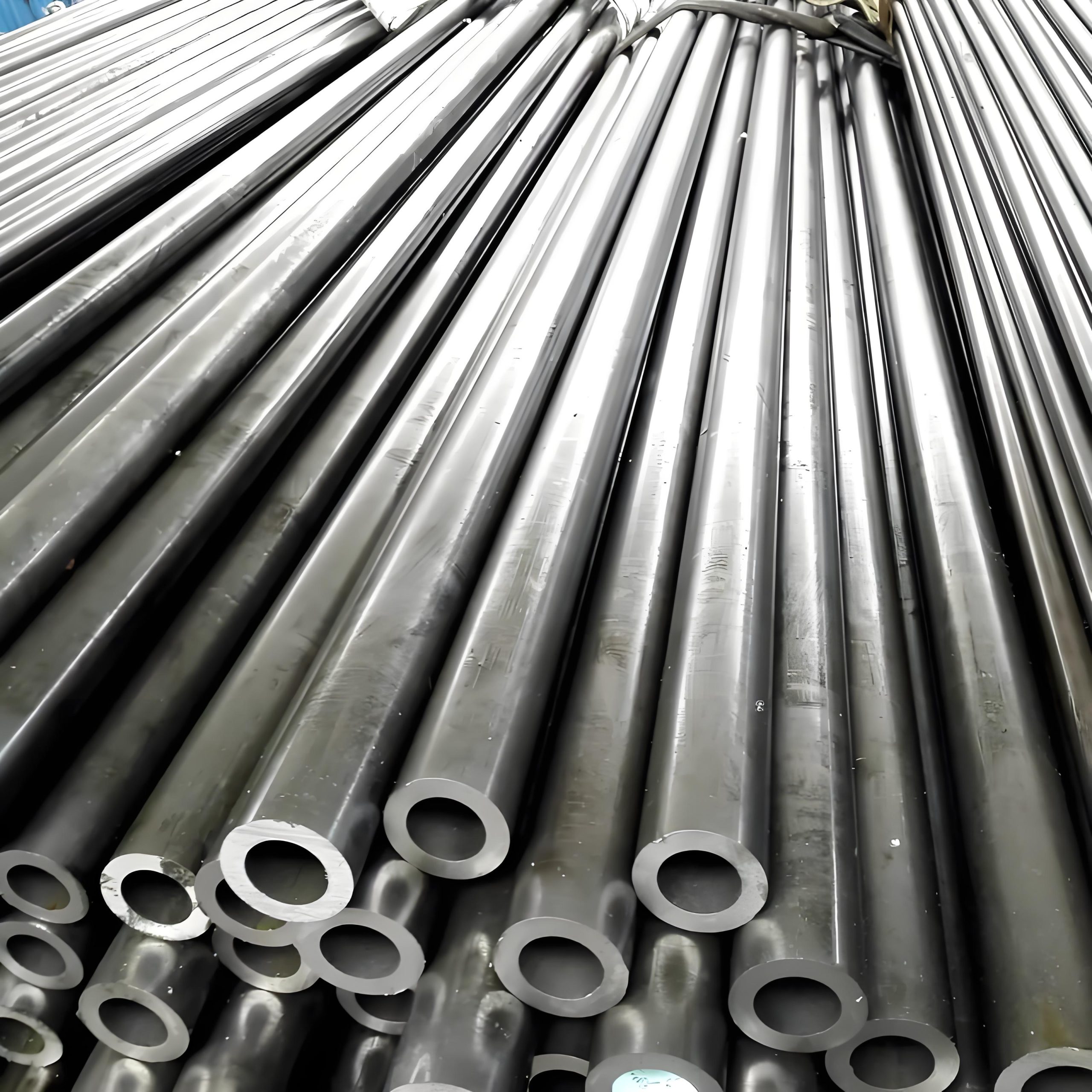ASME SB338 Grade 7 Titanium Heat Exchanger Tube
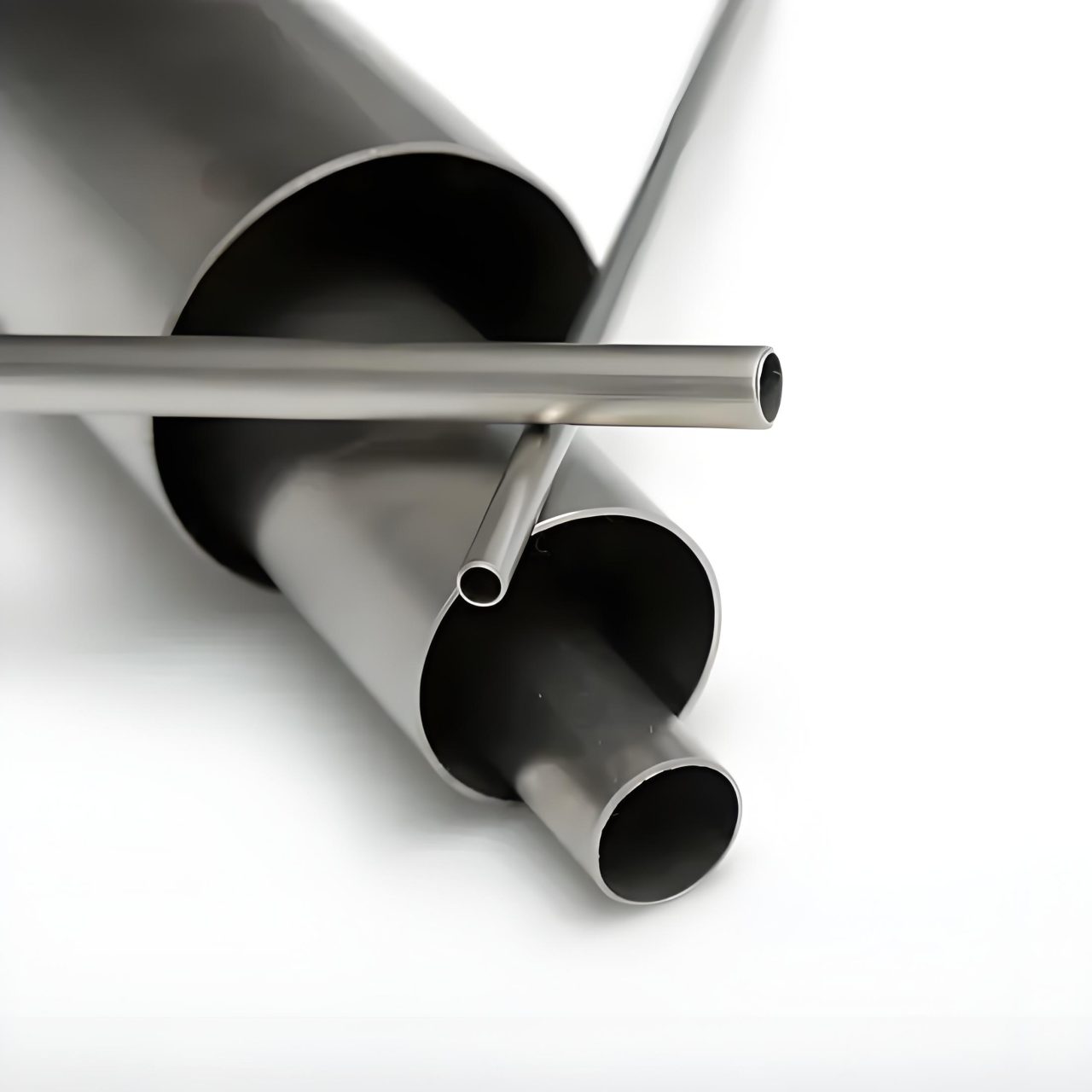
ASME SB338 Grade 7 Titanium Heat Exchanger Tube
Overview of ASME SB338 Grade 7 Titanium Heat Exchanger Tube
ASME SB338 is the standard specification for seamless and welded titanium and titanium alloy tubes used in condensers, heat exchangers, and similar applications requiring excellent corrosion resistance and thermal performance. Grade 7 titanium (UNS R52400), alloyed with 0.12–0.25% palladium, offers superior corrosion resistance compared to unalloyed titanium grades, particularly in reducing environments and chloride-rich media. This makes Grade 7 an ideal material for heat exchanger tubes in chemical processing, power generation, desalination, and marine applications. The tubes provide a high strength-to-weight ratio, excellent thermal conductivity, and resistance to pitting and crevice corrosion, ensuring long-term reliability in aggressive conditions.
Key features include:
- Enhanced Corrosion Resistance: Palladium improves resistance to reducing acids and chloride-induced corrosion, ideal for heat exchanger environments.
- Thermal Performance: Maintains mechanical properties up to 600°F (316°C), suitable for high-temperature heat transfer.
- Lightweight: Approximately 40% lighter than steel, reducing structural loads in heat exchanger assemblies.
- Standards Compliance: Meets ASME SB338 and ASTM B338 for seamless and welded tube quality.
Grade 7 titanium tubes are critical for heat exchangers exposed to seawater, acidic solutions, and high-pressure steam, offering durability and efficiency over traditional materials like stainless steel.
Specifications of ASME SB338 Grade 7 Titanium Heat Exchanger Tube
ASME SB338 Grade 7 titanium tubes are manufactured to precise standards, ensuring performance in heat exchanger applications. The following table outlines key specifications.
| Parameter | Details |
|---|---|
| Standard | ASME SB338, ASTM B338 |
| Alloy Grade | Grade 7 (UNS R52400) |
| Tube Type | Seamless, Welded |
| Size Range | Outer Diameter (OD): 3 mm to 114 mm Wall Thickness: 0.2 mm to 6 mm Length: Up to 18 meters (custom lengths available) |
| Surface Finish | Polished, Annealed, Pickled, Varnished |
| Conditions | Annealed, Cold-Worked and Stress-Relieved, Welded and Annealed |
| Testing | Hydrostatic, Pneumatic, Eddy Current, Tensile, Flattening, Flaring, Bend, Corrosion |
| Certifications | EN 10204 3.1/3.2, ISO 9001, NACE MR0175, PED 97/23/EC |
| Heat Treatment | Annealed at 1000–1400°F (538–760°C), per ASME SB338 |
Standards Explanation:
- ASME SB338/ASTM B338: Specifies seamless and welded titanium tubes for heat exchangers, covering chemical composition, mechanical properties, and testing requirements. Welded tubes require full penetration welds and may be annealed to restore properties.
- Testing Requirements: Includes hydrostatic testing (up to 2500 psi for seamless tubes), flaring, flattening, and corrosion tests to ensure tube integrity.
Grade 7’s palladium content enhances its suitability for heat exchangers in corrosive environments, with seamless tubes preferred for high-pressure applications and welded tubes for cost-effective larger diameters.
Applications of ASME SB338 Grade 7 Titanium Heat Exchanger Tube
Grade 7 titanium tubes are critical in heat exchanger systems across industries due to their corrosion resistance and thermal efficiency. The following table highlights key applications.
| Industry | Applications |
|---|---|
| Chemical Processing | Heat exchanger tubes for acidic solutions, chloride-rich media |
| Power Generation | Condenser tubes, steam generator tubes |
| Desalination | Seawater heat exchanger tubes, evaporator tubing |
| Marine | Seawater-cooled heat exchangers, shipboard cooling systems |
| Oil and Gas | Heat exchanger tubes in sour gas and offshore environments |
Detailed Applications:
- Chemical Processing: Grade 7 tubes are used in heat exchangers handling reducing acids (e.g., hydrochloric acid) and chloride-rich media, where palladium enhances corrosion resistance. Their durability reduces maintenance costs.
- Power Generation: Condenser tubes and steam generator tubes benefit from Grade 7’s resistance to high-pressure steam and corrosion from cooling water, ensuring efficient heat transfer.
- Desalination: Seawater heat exchanger tubes and evaporator tubing resist pitting and crevice corrosion in saline environments, critical for desalination plants.
- Marine: Seawater-cooled heat exchangers in shipboard systems leverage Grade 7’s resistance to chloride stress corrosion, extending service life.
- Oil and Gas: Heat exchanger tubes in sour gas environments and offshore platforms withstand H2S and chloride corrosion, ensuring reliability.
The palladium-enhanced corrosion resistance of Grade 7 makes it superior to Grade 2 in aggressive environments, particularly for seawater and acidic applications.
Chemical Composition of ASME SB338 Grade 7 Titanium
The chemical composition of Grade 7 titanium is optimized for corrosion resistance, with palladium as a key alloying element. The following table details the composition.
| Element | Weight % |
|---|---|
| Titanium (Ti) | Balance |
| Palladium (Pd) | 0.12–0.25 |
| Nitrogen (N) | 0.03 max |
| Carbon (C) | 0.08 max |
| Hydrogen (H) | 0.015 max |
| Iron (Fe) | 0.30 max |
| Oxygen (O) | 0.25 max |
| Residuals (each) | 0.1 max |
| Residuals (total) | 0.4 max |
Role of Key Elements:
- Titanium: Provides corrosion resistance, strength, and lightweight properties.
- Palladium: Enhances resistance to reducing acids, pitting, and crevice corrosion, critical for heat exchanger environments.
- Low Interstitials: Minimize embrittlement, ensuring ductility and toughness.
The palladium content distinguishes Grade 7 from unalloyed titanium, offering superior performance in corrosive media.
Physical Properties of ASME SB338 Grade 7 Titanium
The physical properties of Grade 7 titanium support its use in heat exchanger tubes. The following table summarizes key properties.
| Property | Value |
|---|---|
| Density | 4.51 g/cm³ (0.163 lb/in³) |
| Melting Range | 3000–3040°F (1650–1660°C) |
| Thermal Conductivity | 16.4 W/m·K at 20°C (9.5 BTU/ft·h·°F) |
| Specific Heat Capacity | 520 J/kg·K at 20°C (0.124 BTU/lb·°F) |
| Electrical Resistivity | 0.56 µΩ·m at 20°C |
| Coefficient of Thermal Expansion | 8.6 µm/m·°C at 20–100°C (4.8 µin/in·°F) |
| Modulus of Elasticity | 105 GPa (15.2 × 10⁶ psi) at 20°C |
The low density and thermal expansion reduce stress in heat exchanger systems, while the high thermal conductivity ensures efficient heat transfer.
Mechanical Properties of ASME SB338 Grade 7 Titanium
The mechanical properties of Grade 7 titanium ensure reliability in heat exchanger tubes. The following table summarizes properties in the annealed condition.
| Property | Value |
|---|---|
| Tensile Strength (Ultimate) | 345 MPa (50 ksi) min |
| Yield Strength (0.2% Offset) | 275–410 MPa (40–60 ksi) |
| Elongation | 20% min |
| Hardness | ~160 HB (Brinell) |
Temperature-Dependent Properties (Approximate):
| Temperature | Tensile Strength (MPa) | Yield Strength (MPa) | Elongation (%) |
|---|---|---|---|
| 20°C (68°F) | 345 | 275 | 20 |
| 300°C (572°F) | 250 | 200 | 25 |
These properties ensure tubes withstand high-pressure and thermal cycling in heat exchanger applications.
Fabrication of ASME SB338 Grade 7 Titanium Heat Exchanger Tube
Grade 7 titanium tubes are manufactured as seamless (cold-drawn) or welded (with full penetration welds), per ASME SB338. Seamless tubes are preferred for high-pressure heat exchangers, while welded tubes offer cost-effective solutions for larger diameters. Welding techniques include:
- Gas Tungsten Arc Welding (GTAW/TIG): Ensures high-quality welds with minimal contamination.
- Plasma Arc Welding: Suitable for thin-walled tubes.
Use Grade 7 filler metals and inert gas shielding (e.g., argon) to prevent oxidation. Welded tubes are annealed to restore corrosion resistance and ductility. Cold-forming is feasible due to the alloy’s ductility, with annealing post-forming to relieve stresses.
Heat Treatment
ASME SB338 Grade 7 titanium tubes are typically supplied annealed at 1000–1400°F (538–760°C), followed by air or water cooling, to optimize corrosion resistance and ductility. Welded tubes require post-weld annealing to eliminate residual stresses. Overheating should be avoided to prevent phase transformations that could reduce toughness.
ASME SB338 Grade 7 Titanium Heat Exchanger Tube FAQs
1. Why is Grade 7 titanium preferred for heat exchanger tubes?
The palladium content enhances corrosion resistance in reducing acids and chloride-rich environments, making Grade 7 ideal for seawater and acidic heat exchanger applications.
2. What is the difference between seamless and welded Grade 7 tubes?
Seamless tubes offer higher pressure ratings and precision, while welded tubes are cost-effective for larger diameters, with annealing ensuring comparable corrosion resistance.
3. How does ASME SB338 differ from ASME SB861?
ASME SB338 focuses on tubes for heat exchangers and condensers, while ASME SB861 covers pipes for general corrosion-resistant and high-temperature service.
4. What testing is required for Grade 7 tubes?
Hydrostatic, pneumatic, eddy current, tensile, flattening, flaring, and corrosion tests ensure compliance with ASME SB338 standards.
5. How does Grade 7 compare to Grade 2 titanium?
Grade 7 offers superior corrosion resistance due to palladium, while Grade 2 is more cost-effective for less aggressive environments.

